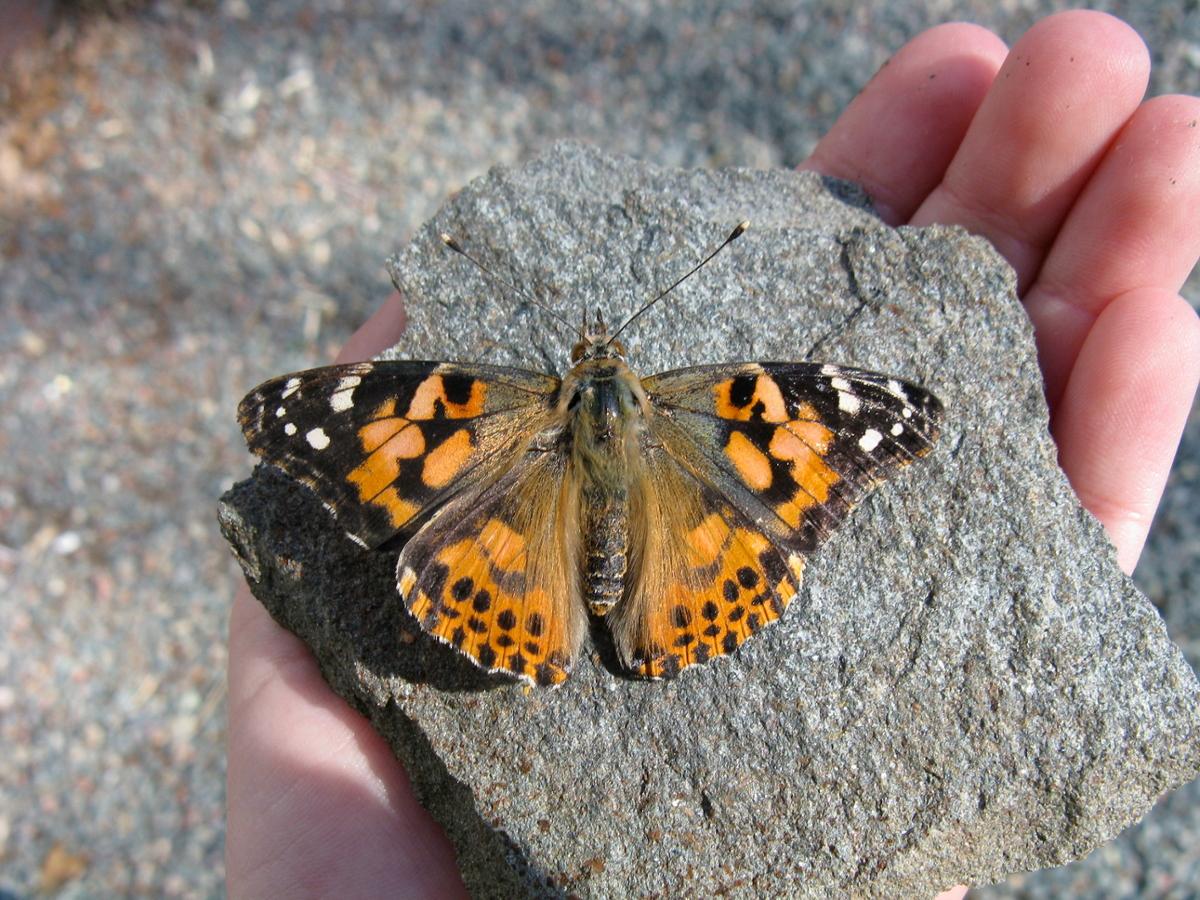When it comes to epic journeys, it’s hard to top traveling across the Sahara Desert. The intense heat and huge swaths of uninhabited land make it a trip that most people are more inclined to imagine than to experience. For the Painted Lady butterfly, it’s a regular part of life. Its movement from North Africa to Europe is the longest known insect migration in the world, though the size of the migration can vary over 100-fold from one year to the next.
To find out what caused the variation, scientists designed a study that relied on data from trained volunteers who recorded butterfly numbers, as well as climate and atmospheric data from Africa and Europe. They found that the factors that increased the number of migrating Painted Lady butterflies were wetter weather conditions that led to more vegetation in the African Savanna in the winter and in North Africa in the spring, as well as favorable tail winds.
Painted Lady butterflies lay their eggs on plants in the desert, and the increased vegetation means the caterpillars that emerge from those eggs have more food to eat, causing a population boom. As these butterflies breed year-round, increased vegetation in North Africa means that the butterflies have an easier time breeding there while in the midst of their migration, which results in even more butterflies.
Finally, according to the researchers’ simulations, there are regular favorable tailwinds between Africa and Western Europe. Without these tailwinds helping them fly faster, it would be extremely difficult for the butterflies to cross the Sahara on their own—although calling a trans-Saharan journey easy in any conditions might be a stretch.










